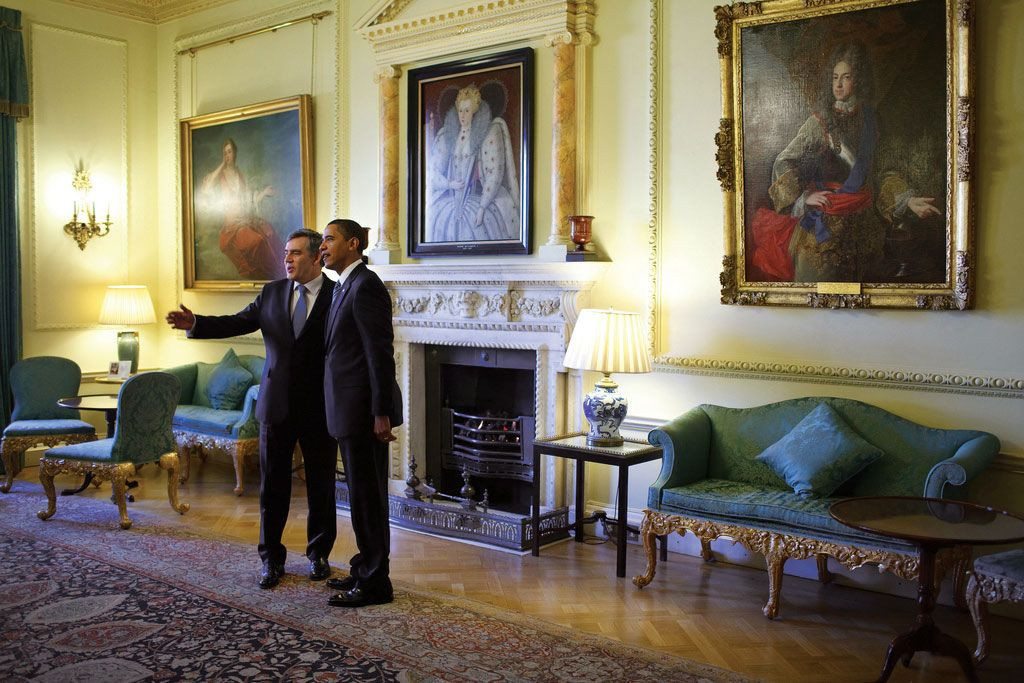10 Downing Street in London, United Kingdom, stands as more than just an address; it is the very heart of British political power. Famously recognized by its unassuming black door, this building serves as the official office and residence of the Prime Minister of the UK. Over time, the name “10 Downing Street” has become synonymous with the office of the Prime Minister itself, representing the authority and leadership of the British government.
The history of 10 Downing Street is deeply intertwined with the evolution of British governance. The area, now part of the City of Westminster, has been a governmental hub since the 11th century. However, the street itself came into being in 1682 when Sir George Downing, a government official, developed a row of houses near Whitehall Palace. Initially numbered 5 Downing Street, the house that would become so famous was offered by King George II to Sir Robert Walpole in 1732. Walpole, considered Britain’s first Prime Minister, accepted the residence in 1735 on the condition that it would be available for future First Lords of the Treasury. Since Walpole also held the position of First Lord of the Treasury – a role that became increasingly linked to the Prime Ministership – 10 Downing Street began its journey to becoming the Prime Minister’s official home.
For many years, 10 Downing Street functioned as both a private home, an office, and a venue for state occasions. While some early Prime Ministers did not utilize it extensively as a residence, figures like William Pitt the Younger recognized its importance and invested in its upkeep. By the mid-19th century, the area around Downing Street had declined, and the building fell into disrepair. Prime Ministers Disraeli and Gladstone oversaw significant renovations to modernize the building and restore its residential viability. From the premiership of Arthur Balfour onwards, 10 Downing Street has been the continuous official residence of British Prime Ministers, although some recent leaders have opted for the larger apartment at 11 Downing Street.
Throughout the 20th century and into the 21st, 10 Downing Street’s significance has only grown. It has witnessed pivotal moments in British and world history. During World War II, it endured bombing during the Blitz, and in 1991, it survived an attack by the Irish Republican Army. Today, 10 Downing Street is not just a home; it’s a complex of buildings housing offices, state rooms for official engagements, and the Cabinet Room, where the UK government’s cabinet meets. Its unassuming facade belies the immense power and history contained within its walls, making 10 Downing Street a globally recognized symbol of British government and leadership in London, UK.


